Seng Chew Quarry
- Eisen
- Mar 5, 2021
- 3 min read
Updated: Apr 2, 2021
I visited Seng Chew Quarry, a disused granite quarry which once supplied the hardy material for the construction of buildings and roads in Singapore.
Seng Chew Quarry was one of several quarries which scarred the line of hills presently running down the right side of the southern part of Choa Chu Kang town and the northern part of Bukit Batok town. The hills included Bukit Panjang, Bukit Gombak I, Bukit Gombak II, and Bukit Batok, ranging from 294 to 434 feet in height (Bukit Timah Hill’s taller than all of them at 537 feet). The quarries included Ideal Home, Lian Hup, Seng Chew, Gammon, and Poh Kim. Whatever’s left of Ideal Home and Lian Hup now lie inside Bukit Gombak Camp, Gammon’s lake is Little Guilin, and the remains of Poh Kim is a lake inside Bukit Batok Nature Park.
The 1961 map below shows the hills in blue and the quarries in yellow:

Seng Chew Quarry lies on the slopes of Bukit Gombak I, as seen in the Google Maps image below. Most of the hill is off limits, no thanks to Bukit Gombak Camp.

Access to Seng Chew Quarry was surprisingly easy, and the route hasn’t been fully manicured by the authorities yet, although I’m not sure for how long more this will be the case.
I took the train to Bukit Gombak MRT Station on the North South Line, took Exit D, and walked past the Bukit Gombak Sports Hall to Block 383 Bukit Batok West Avenue 5.
Next to the block was rising terrain, which I guess had been neatly sculpted and planted over with grass. A storm drain had also been installed to aid in drainage.
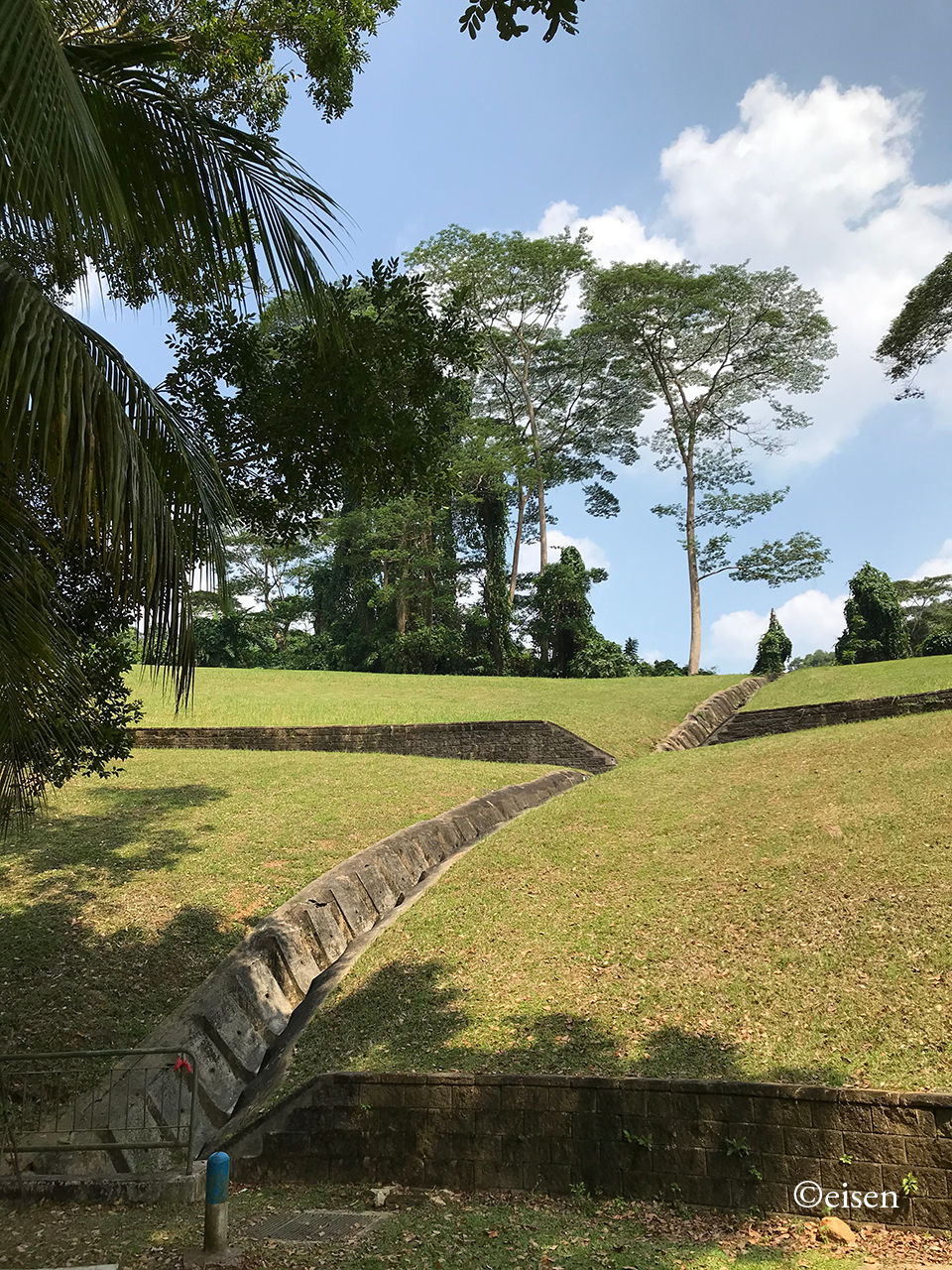
I climbed up the hill to where the grass ended and the forest began (Location A below). (The path I took during my exploration is marked in light blue.)

The slopes of Bukit Gombak I as I climbed the hill.

Where the grass ended and the forest began, there was the sound of a flowing stream - it was water draining out of the quarry lake.

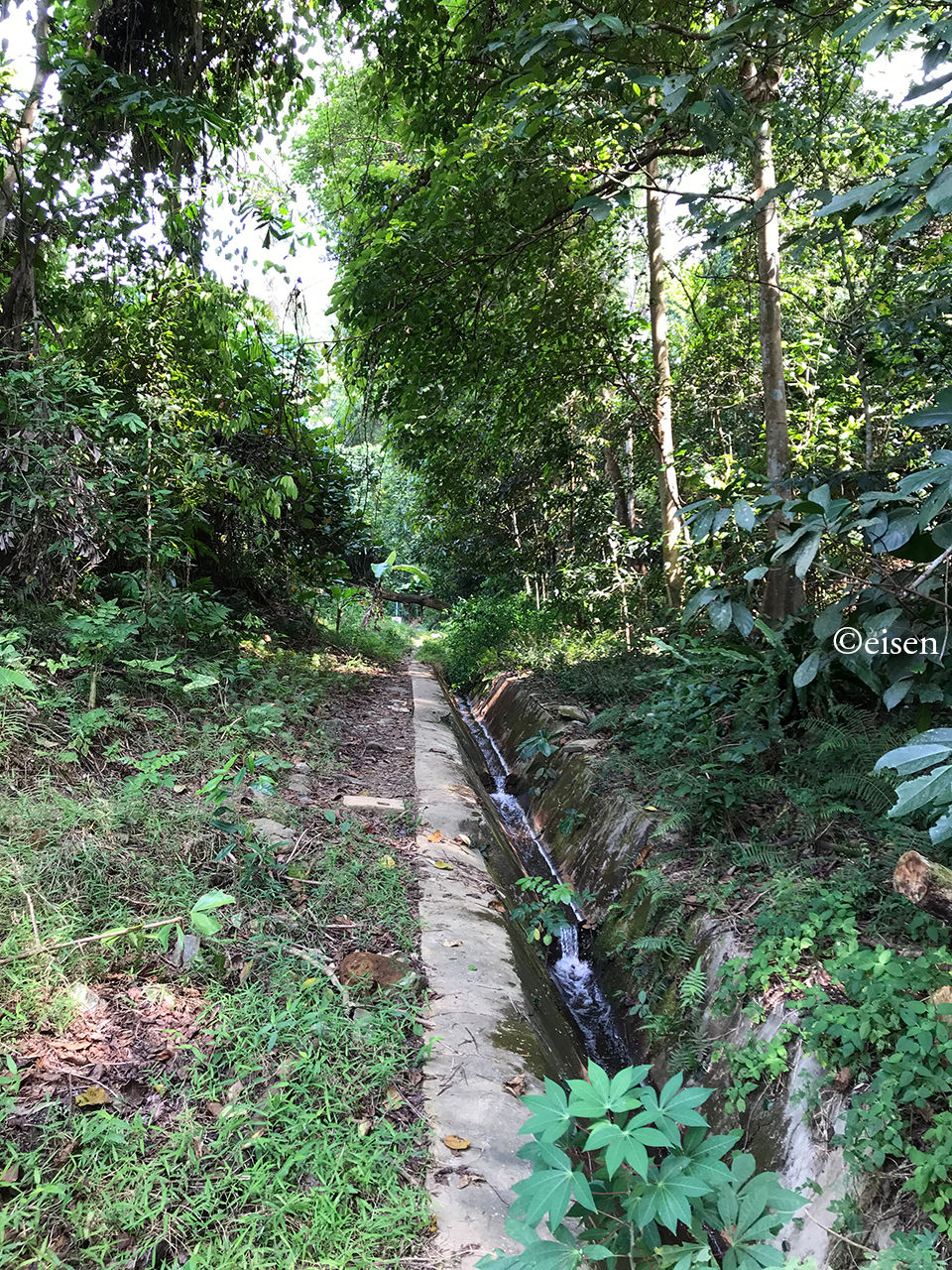
I read online that the water had magical properties. No, I did not drink it; I did wash my hands with it, but nothing has happened to them yet.
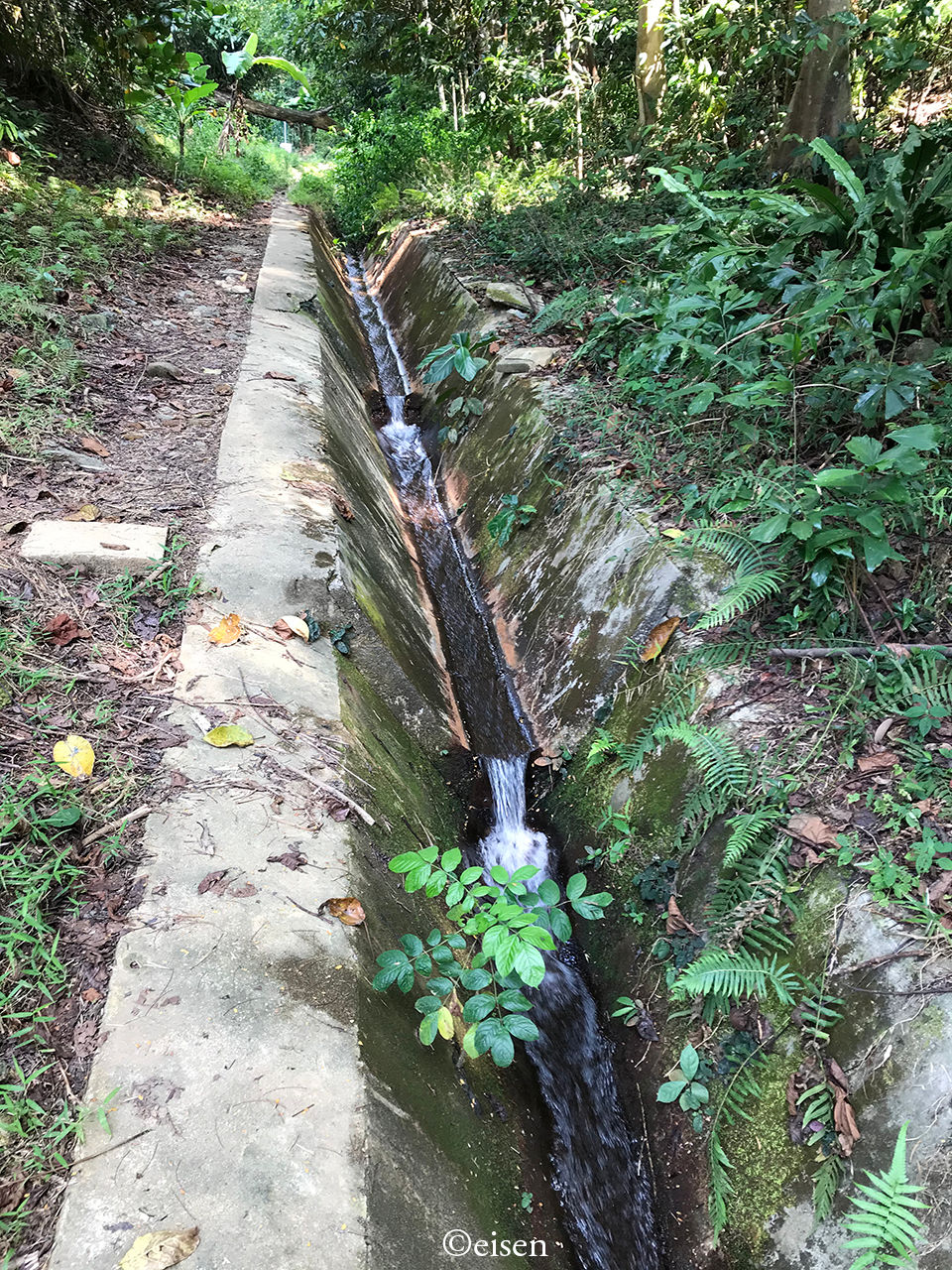
I followed the stream and ventured into the undergrowth. There was forest on both sides but the stream made it easy to head in.
Further in, there was a fallen tree lying across the path, but it was easily scaled.

It took me fewer than two minutes to reach the quarry lake.

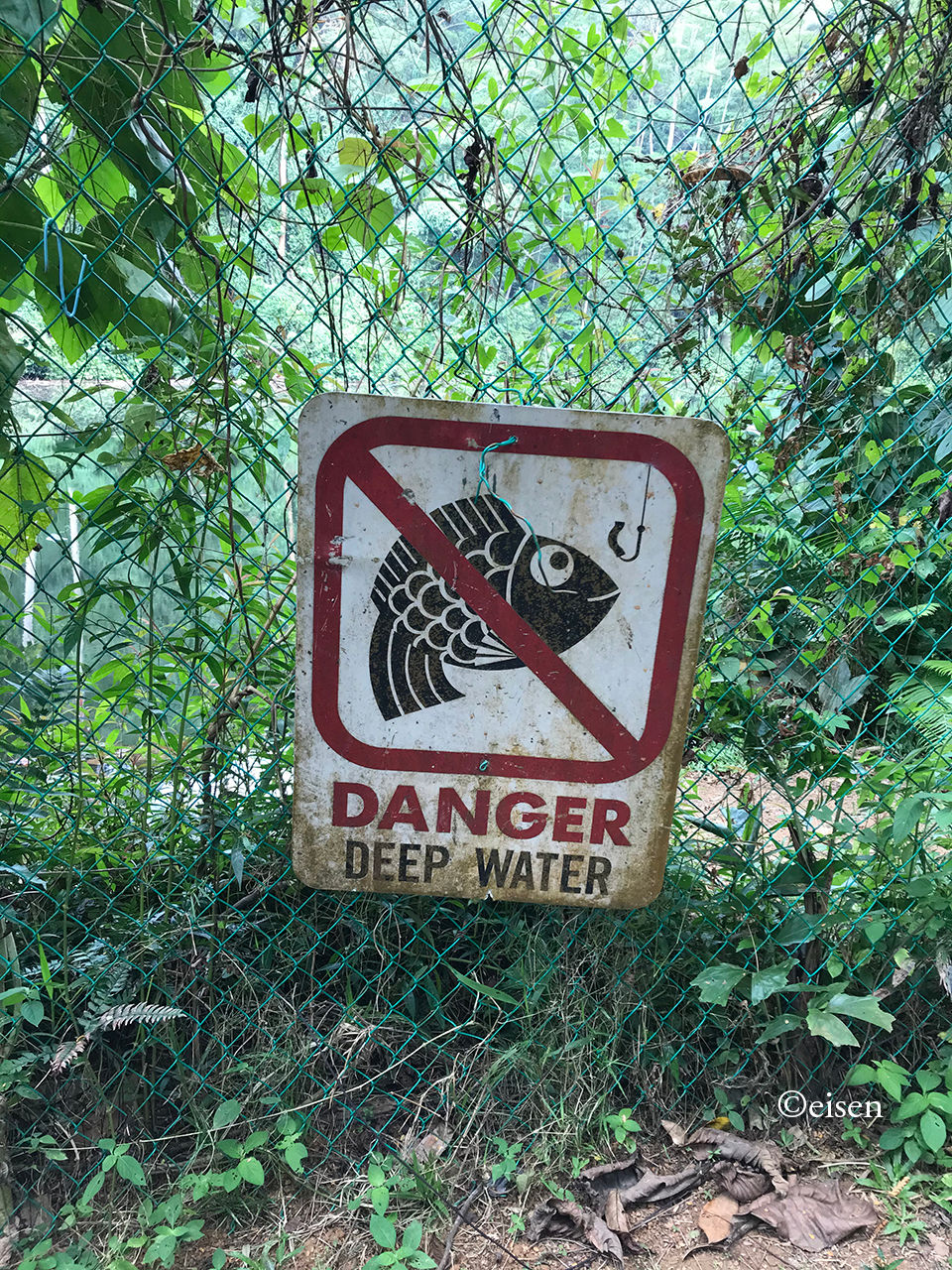
There was an opening on the left side of the fence, which allowed me to go right up to the edge of the lake.
All was quiet and peaceful. Only the low calls of birds and insects broke the silence.
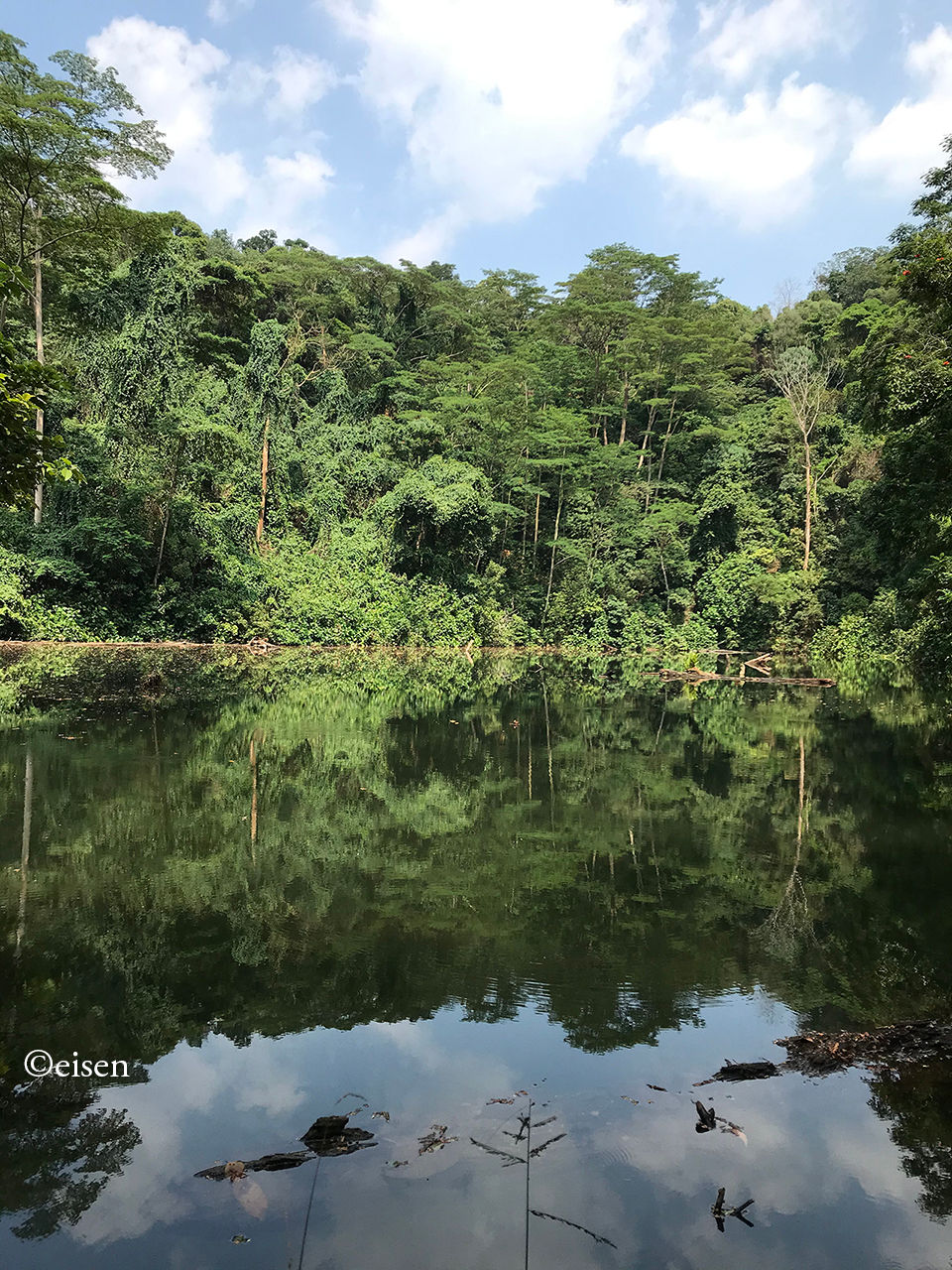
The lake was very still. I wondered how deep it was. I’m sure people have drowned in it.
Near Location A, starting at Location B, there was a path running uphill through thick undergrowth. This was the view from Location B.

The uphill path ended at a clearing at the top of a rocky outcrop which gave an excellent view of the quarry and its lake.
From this vantage point, the size of the quarry was clear to me.

Here’s proof that I was there!

If I was a resident of the nearby flats, I’d come here every week to commune with nature! I hope the authorities leave this place as it is.

Comments